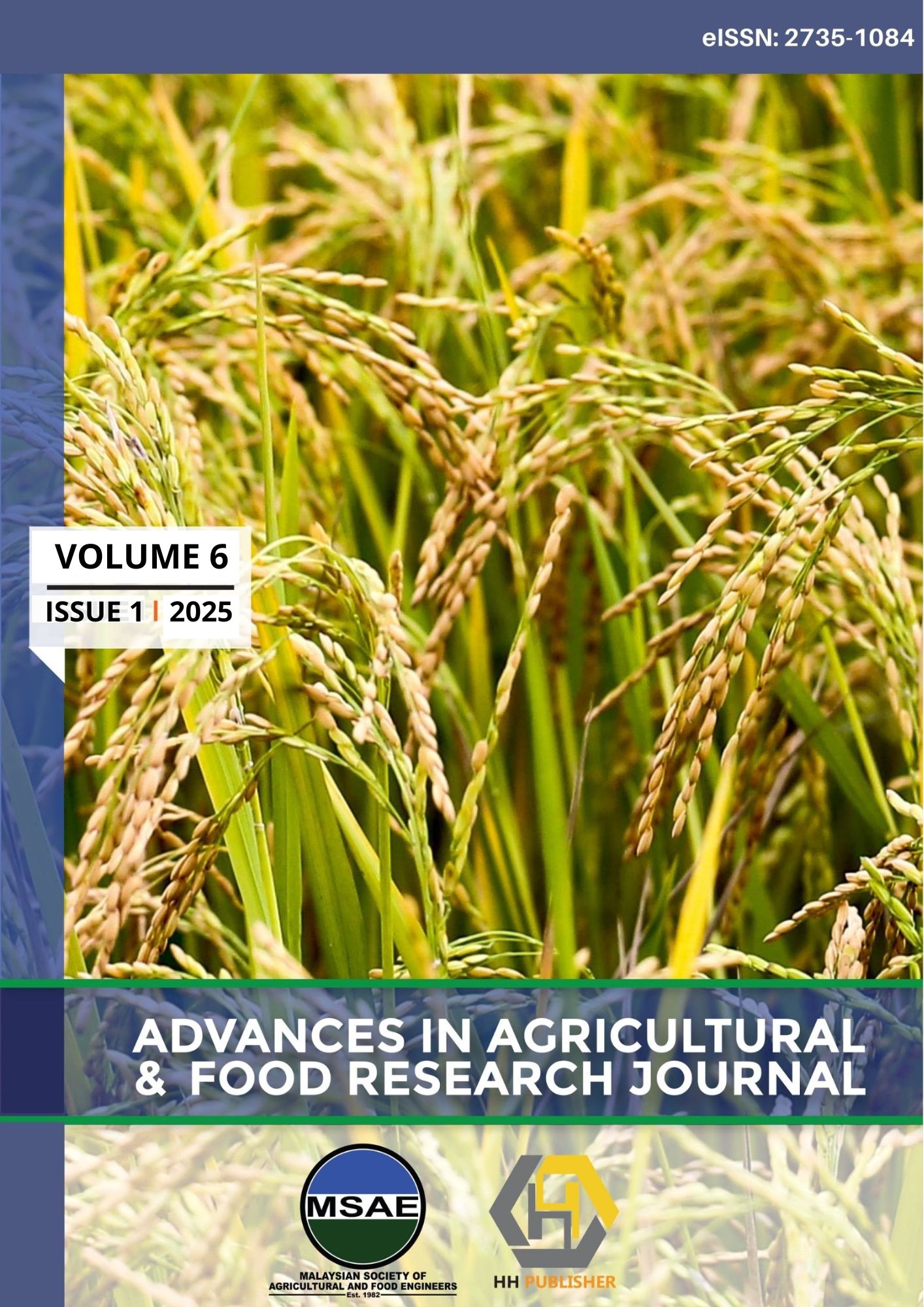Phytoremediation of Aquacultures Effluent by Pandan and Kesum Plants
DOI:
https://doi.org/10.36877/aafrj.a0000538Abstract
Phytoremediation treatment is gaining more popularity in treating aquaculture effluent. The ability of herb plants such as pandan (Pandanus amaryllifolius) and kesum (Polygonum minus) in wastewater treatment was rarely studied by previous researchers. In this study, the aquaculture effluent was treated by phytoremediation employing these two herbs plants. The experiment was conducted in the hydroponic pot systems for four weeks. The aquaculture's effluent was analysed for biological oxygen demand (BOD5), total suspended solids (TSS), ammonia and nitrate concentration. From the result, the pandan plant was able to remove 65.24% BOD5, 94.99% TSS, 98.93% ammonia, and 84.29% nitrate, while kesum removed 82.78% BOD5, 94.51% TSS, 99.78% ammonia, and 47.32 nitrate. Both plants are similarly able to remove about 94% TSS and 98% ammonia. Significantly, pandan was more efficient in reducing nitrate, while kesum performed better in reducing BOD5. The combination of both plants can improve the quality of aquaculture effluent in a very cost-effective way.
Downloads
Published
How to Cite
Issue
Section
License
Copyright (c) 2025 Siti Kamariah Md Sa'at Sa'at, Goh Kai Xin

This work is licensed under a Creative Commons Attribution-NonCommercial 4.0 International License.
Author(s) shall retain the copyright of their work and grant the Journal/Publisher right for the first publication with the work simultaneously licensed under:
Creative Commons Attribution-NonCommercial 4.0 International (CC BY-NC 4.0). This license allows for the copying, distribution and transmission of the work, provided the correct attribution of the original creator is stated. Adaptation and remixing are also permitted.

This broad license intends to facilitate free access to, as well as the unrestricted reuse of, original works of all types for non-commercial purposes.
The author(s) permits HH Publisher to publish this article that has not been submitted elsewhere.

.png)

.jpg)



